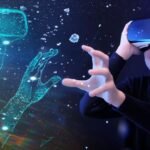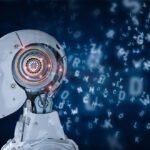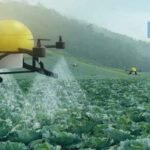The Good, The Bad, & The Hallucinatory – How AI can help and hurt secure development
Join us on 18 July 2023 at 12 PM EDT / 5 PM BST for an insightful webinar on the transformative power of generative AI in the field of information security. As cybersecurity attacks and updates become increasingly prevalent, organizations are turning to automation and AI to enhance their security processes, alleviating the burden on developers and AppSec teams.
While AI has facilitated code creation, it also raises concerns about the need for heightened security measures. This webinar will delve into how generative AI is revolutionizing information security, exploring the opportunities it presents along with the challenges it brings.
Furthermore, we will unveil the findings from the upcoming 2023 State of Supply Chain Security report, shedding light on the impacts of automation and AI on supply chain security. We will discuss how these advancements affect application security and software supply chain security, while also examining the perceptions of developers regarding the role of AI in improving code security. Don’t miss out on this engaging session where we explore the intersection of AI, automation, and cybersecurity. Register now to secure your spot


































